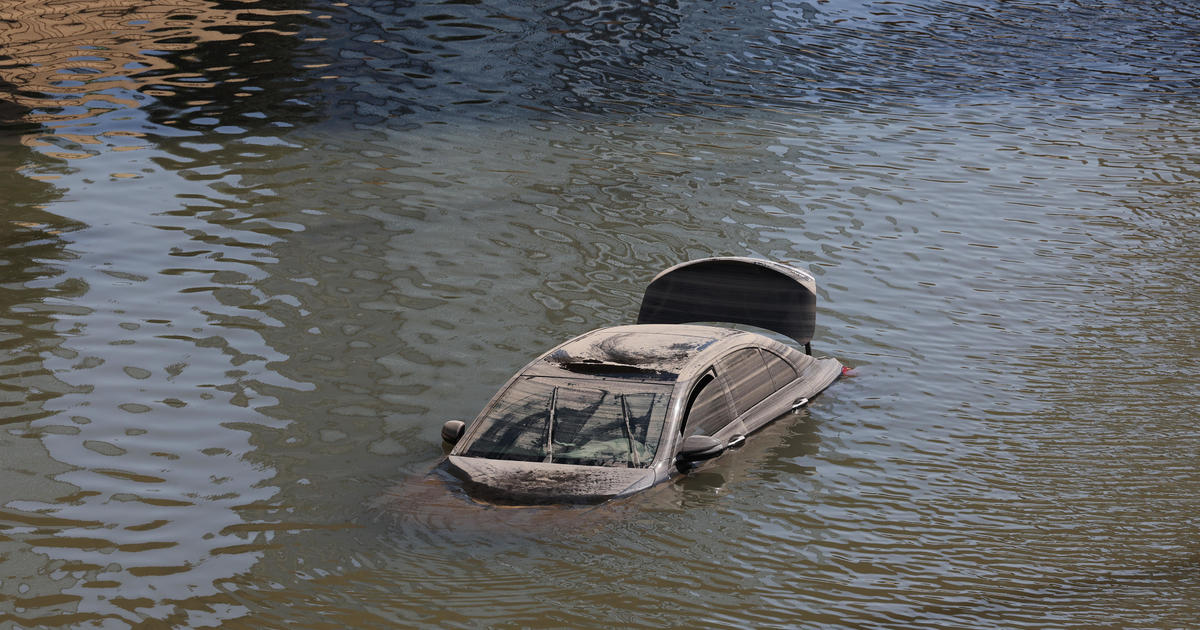Researchers predict major spike in transatlantic turbulence
An Aeroflot plane bound for Bangkok encountered severe turbulence Monday that left 27 of its passengers injured, some with broken bones.The airline confirmed the incident was the result of clear-air turbulence, the most difficult type to detect. New research suggests transatlantic turbulence could become up to three times worse in the coming decades.
For nervous fliers, nothing about this research is reassuring. Clear-air turbulence strikes without warning and, because of climate change, is only going to get worse, reports CBS News correspondent Mark Strassmann.
The sudden drop on the Aeroflot plane came without warning and anyone not strapped down was shot toward the ceiling, then slammed against the aircraft floor. Video of the aftermath shows the plane scattered with debris.
Unlike conventional turbulence that occurs when planes fly near weather systems, clear-air turbulence happens without the presence of clouds. Making it nearly impossible for pilots to detect, until it's too late.
Dr. Paul Williams is an atmospheric scientist at the University of Reading in England.
"We've calculated that the amount of severe turbulence which is strong enough to hospitalize people could double or even as much as triple by the end of this century on transatlantic flight routes because of climate change," Williams said.
According to researchers, rising carbon dioxide levels could destabilize the fast moving air currents of the transatlantic jet stream, an area that currently sees up to 3,000 flights each day.
They predict a 149 percent spike in severe air turbulence, along with longer travel times, increased delays and, inevitably, higher ticket prices.
"It's very distressing for pilots precisely because they have no indication or very little indication that the turbulence is sitting out there and that the plane is just about to hit it," Williams said.
Aerospace engineer Pat Anderson took Strassmann inside a flight simulator to demonstrate different levels of turbulence from the pilot's perspective.
When asked to describe "extreme" turbulence, Anderson said, "When I think you get to a point where you say extreme, you're worried about being in a situation where the air plane is in jeopardy."
Modern airliners are designed to withstand all kinds of turbulence, but experts warn that even airplanes have a breaking point.
"Well the integrity of the plane is something that's going to have to be checked," Anderson said. "Airplanes don't have infinite lives, they have some limit and if we see more turbulence that's going to be drawn in closer."
Turbulence already presents the greatest safety risk for the traveling public. In 2016, the FAA investigated 44 turbulence-related injuries, more than double the amount from the year before.



